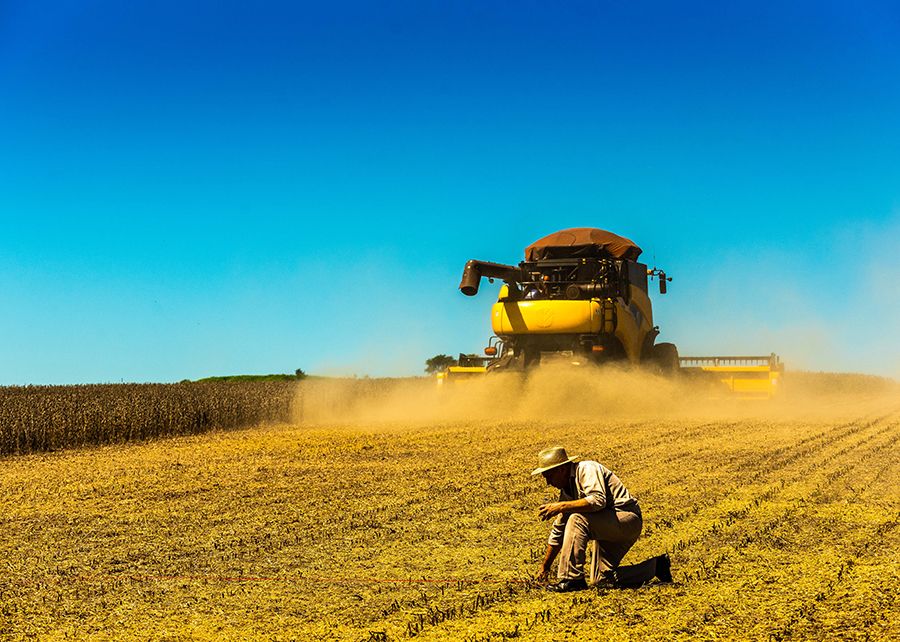Among the largest soybean producers in the world, production is concentrated in the United States, Brazil, Argentina and China.
In the secondary sector of the economy, the processing industry converts soybeans into soybean meal, soybean hulls, and soybean oil.
Typically, a bushel of soybeans yields about 44 pounds of flour, four pounds of husk, and 11 pounds of crude oil when processed.
Globally, Brazil tops USDA production forecasts for the 2021-2022 trading season, with 144 million tonnes.
Particularly, in Brazil, soybean production during the 2029/30 season is projected at 156.5 million tons, according to the Brazilian Agricultural Research Company (Embrapa).
This figure represents an increase of 30.1% compared to the 2019/20 production. But it is a percentage that is below the growth that was registered in the last 10 years in Brazil, which was 60.0 percent.
For the 2021-2022 season, the USDA estimates that the following positions will be: United States (119.9 million tons), Argentina (52 million), China (19 million), India (11.2 million), Paraguay (10.5 million) and Canada (6.4 million).
Largest soybean producers
In the 2020 harvest season, the United States produced approximately 4.14 billion bushels of soybeans, about 16% more than in 2019, and about 31% of the estimated world production.
The USDA estimates that 48% of soybeans produced in the United States are processed domestically, 49% are exported as whole soybeans, and 3% are retained for seed and residual use.
Historically, according to the South Dakota Soybean Processors Company, there has been an adequate supply of soybeans produced in South Dakota and the upper Midwest for the soybean processing industry.
In 2020, South Dakota agricultural producers produced 223.9 million bushels of soybeans.
For statistics, most countries are in a marketing year of October / September. The United States, Mexico, and Thailand are on a September/August cycle.
For its part, Canada is in an August/July season and Paraguay is in a January/December cycle.
Soybeans: World Supply and Distribution
FAO projects that world soybean production 2021/22 could rise to a record, mainly linked to expectations of increased plantings in the United States and Brazil, as well as a considerable recovery in production in Argentina.
FAO also forecasts that utilization in 2021/22 will expand at an average rate of 2.6% year-on-year, mainly driven by steady growth in consumption in China, linked to further expansion in livestock production.
![]()

